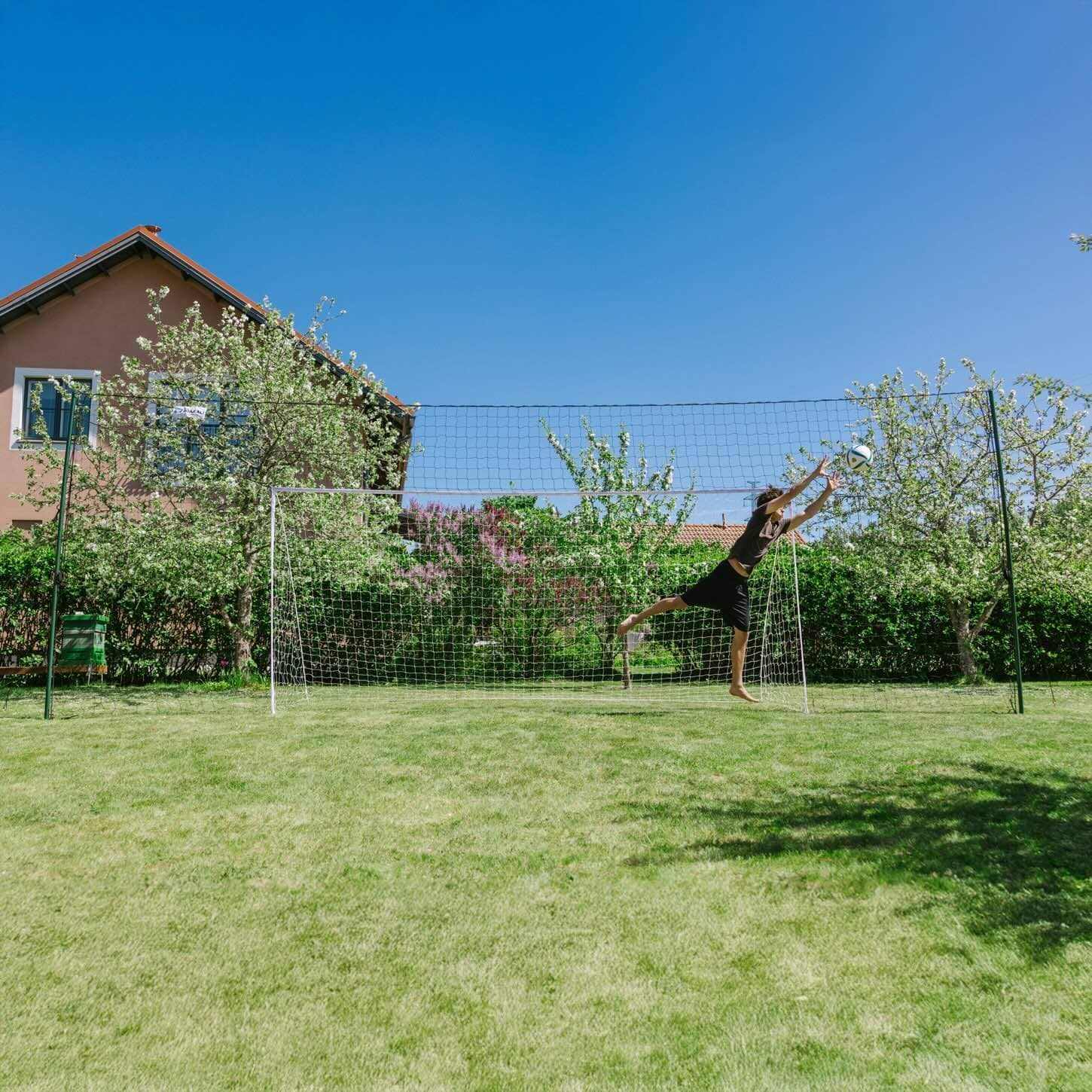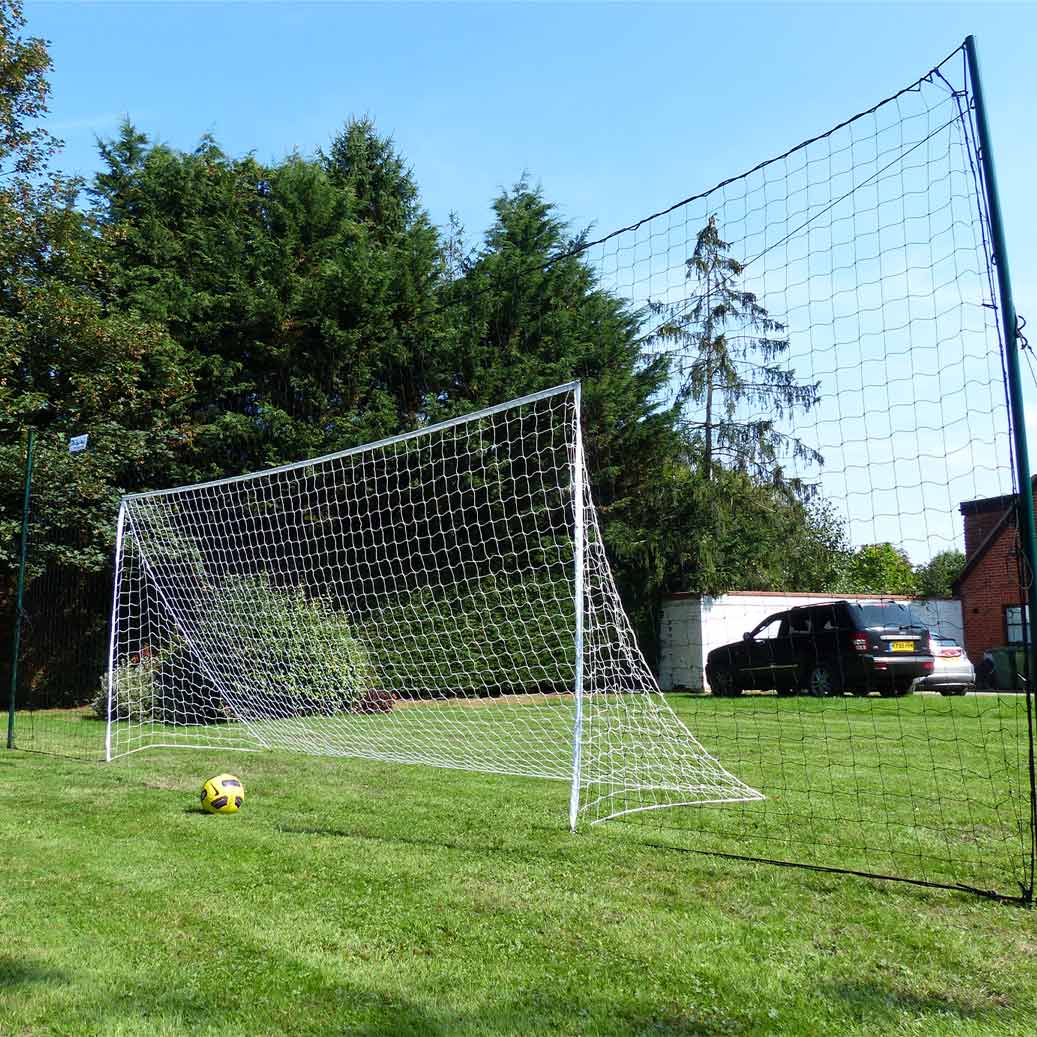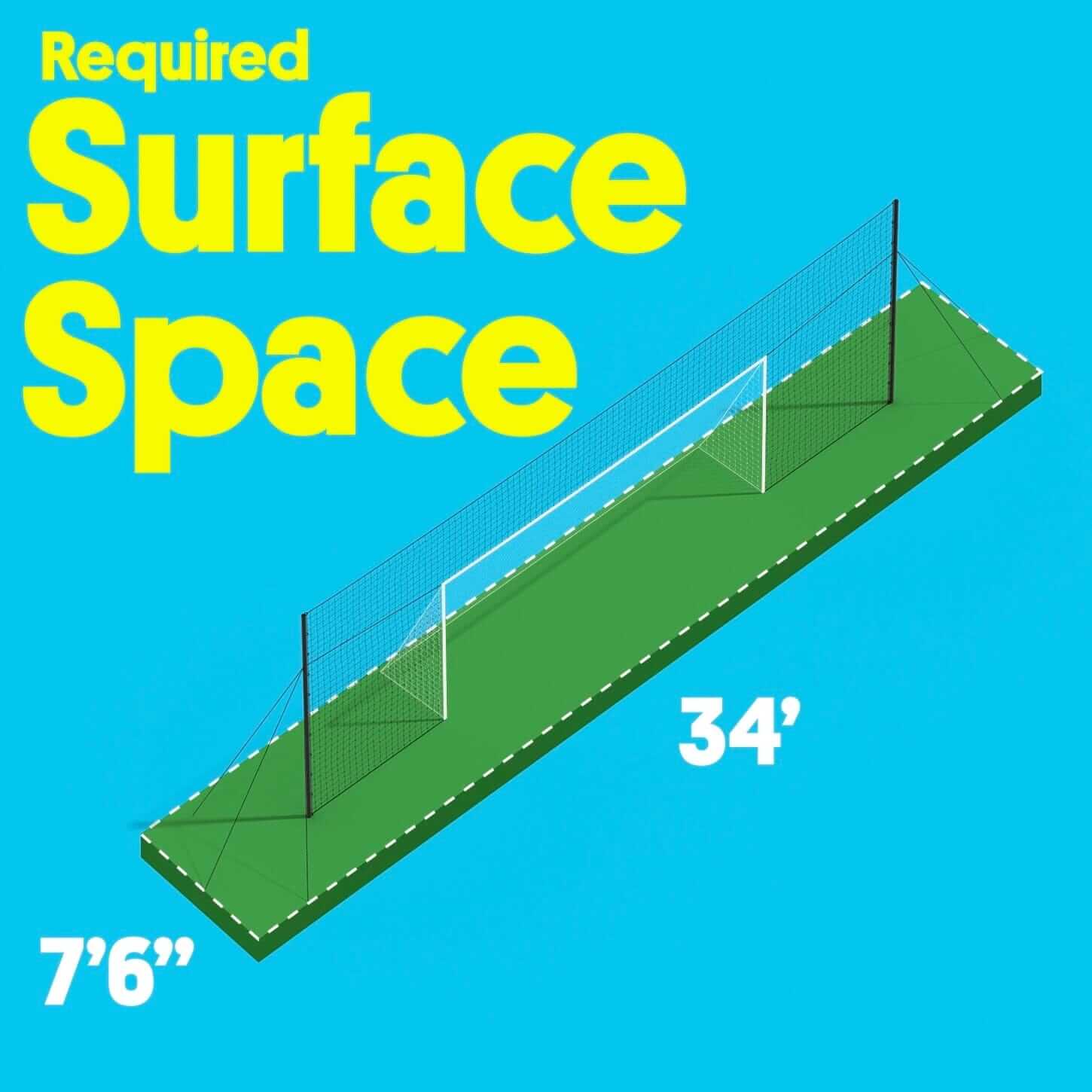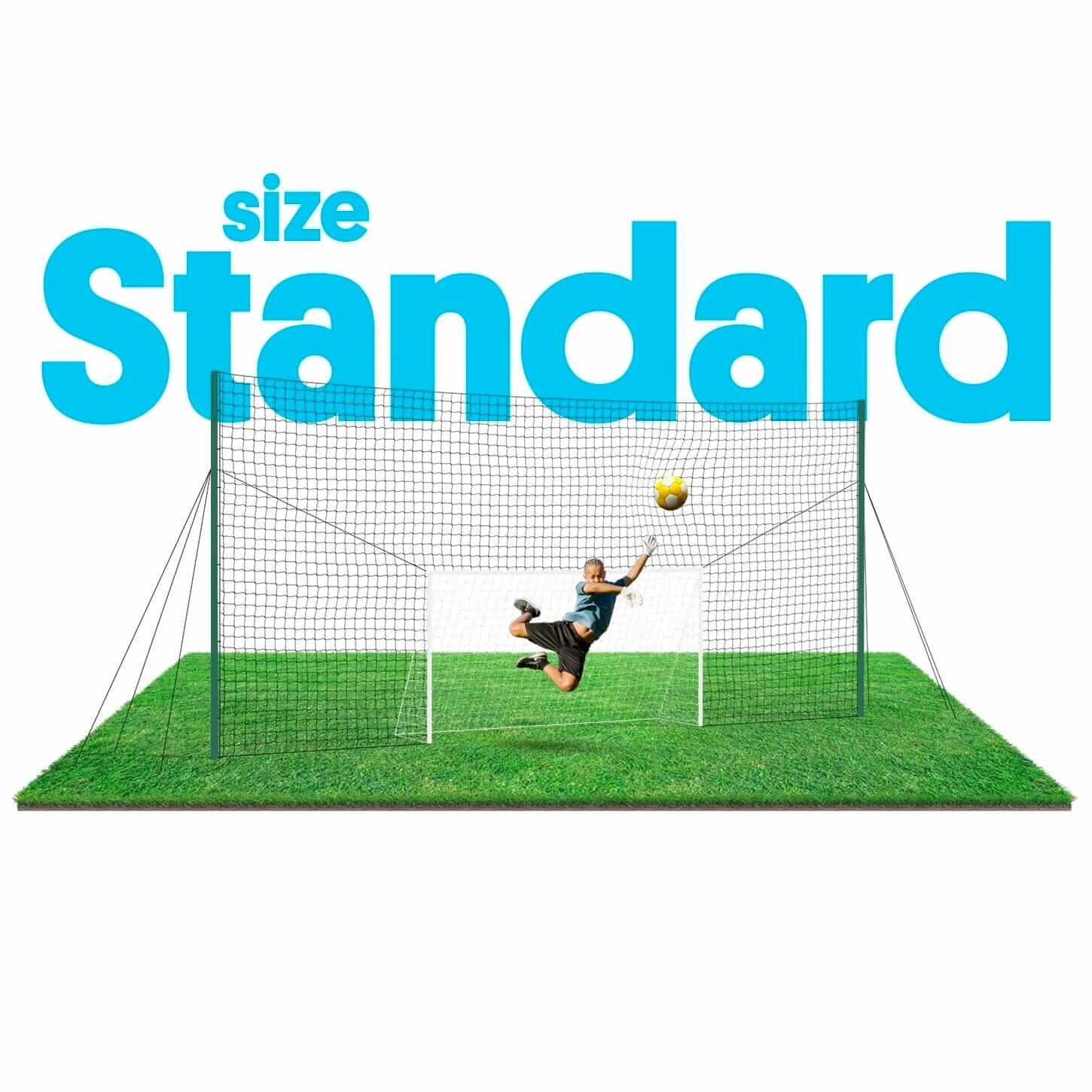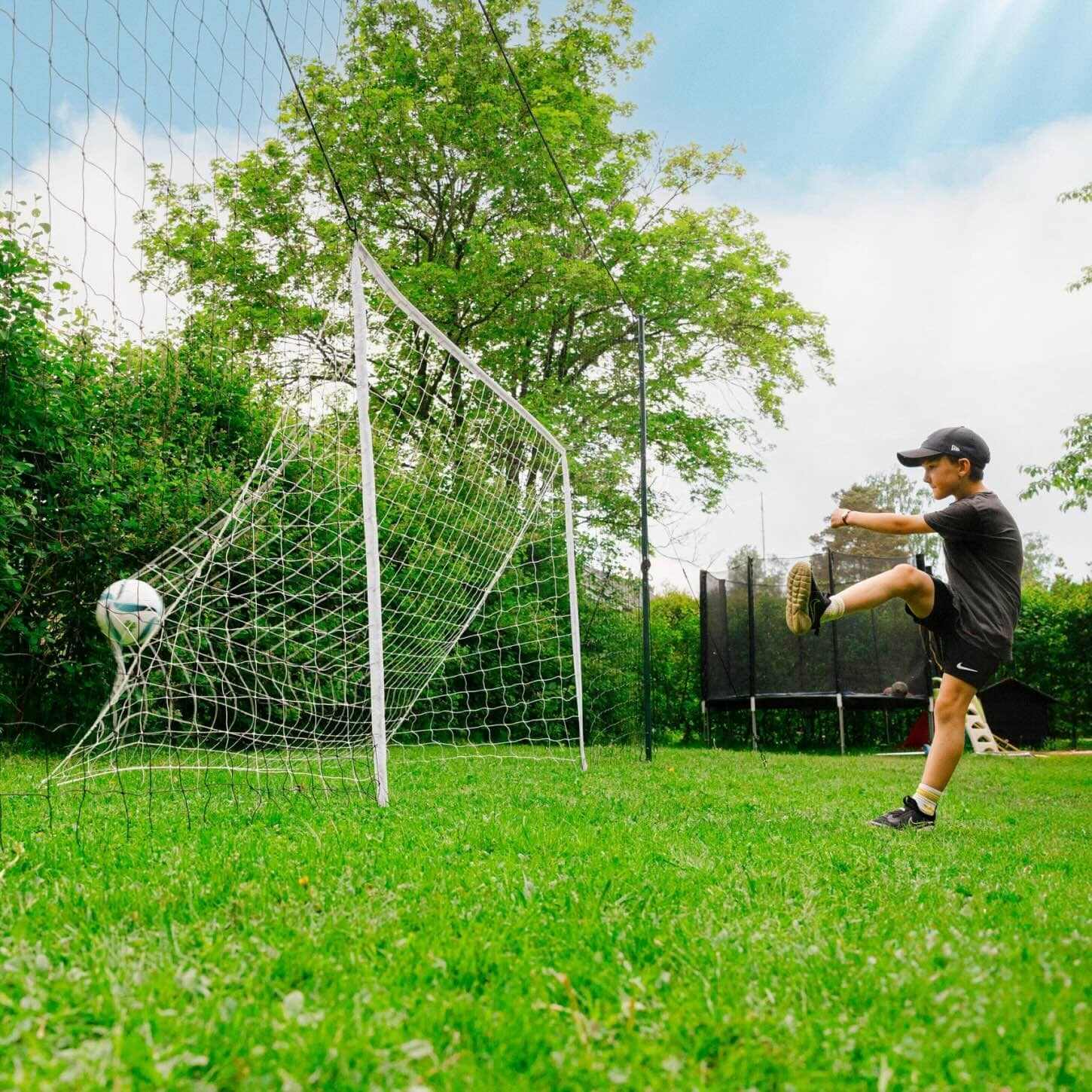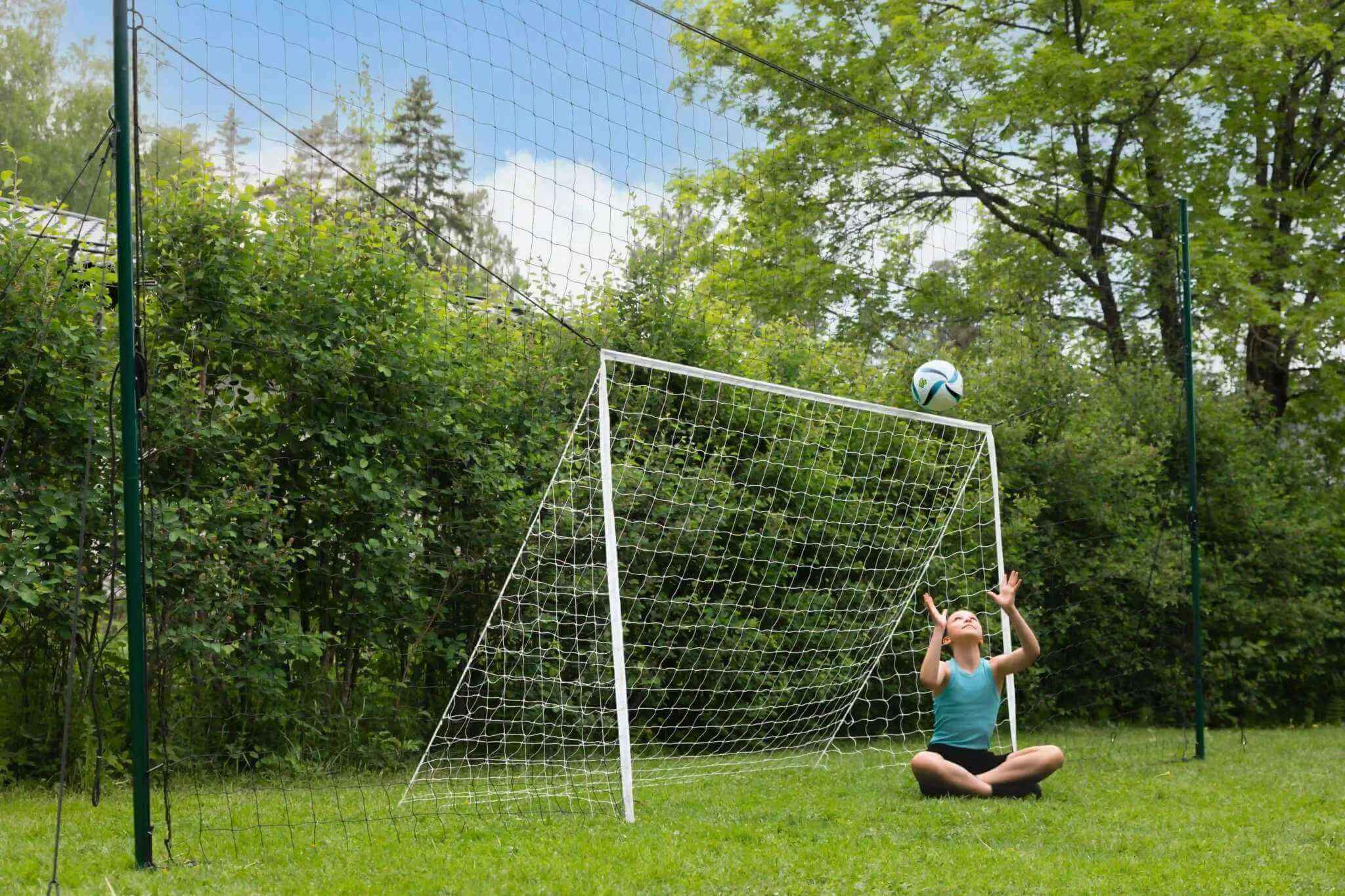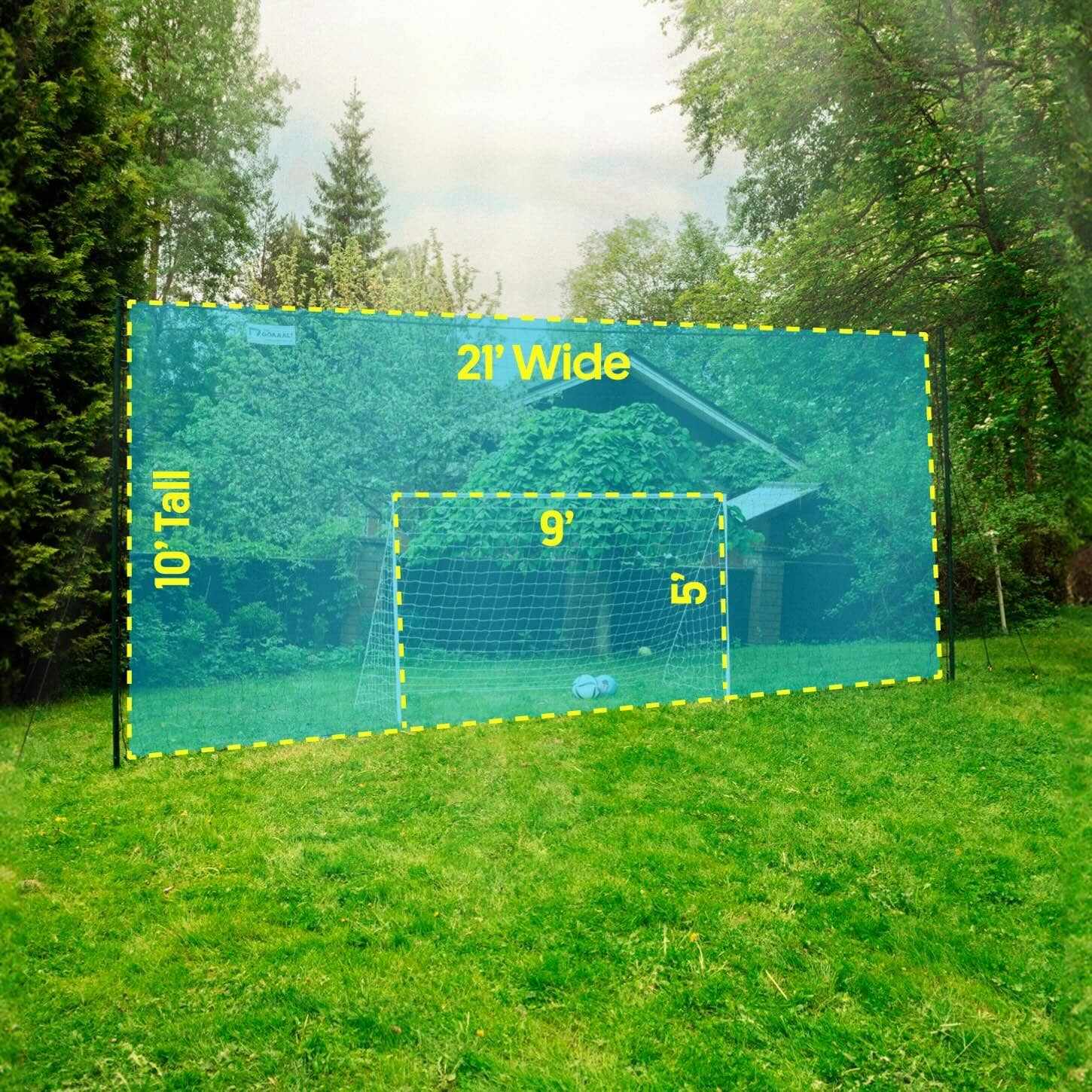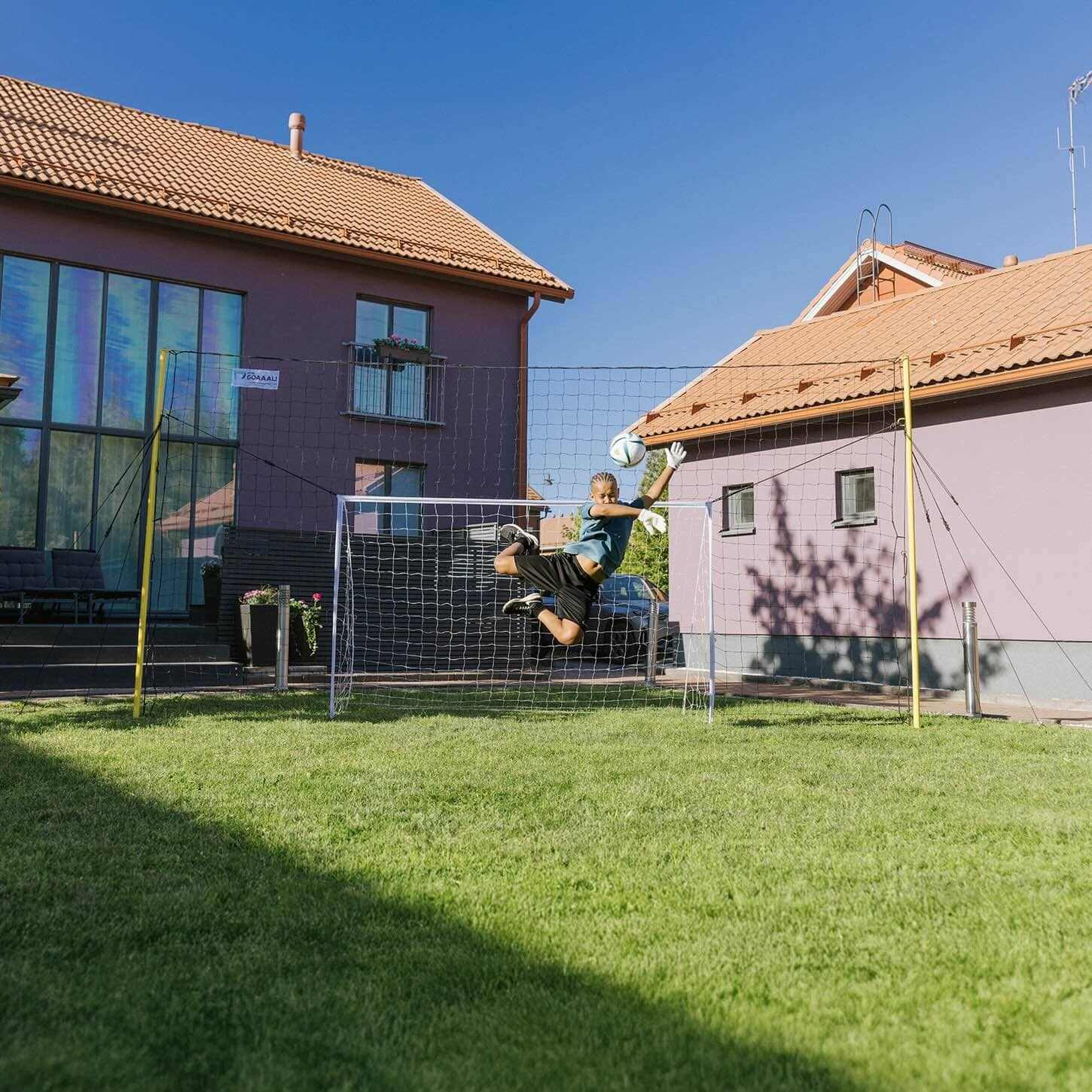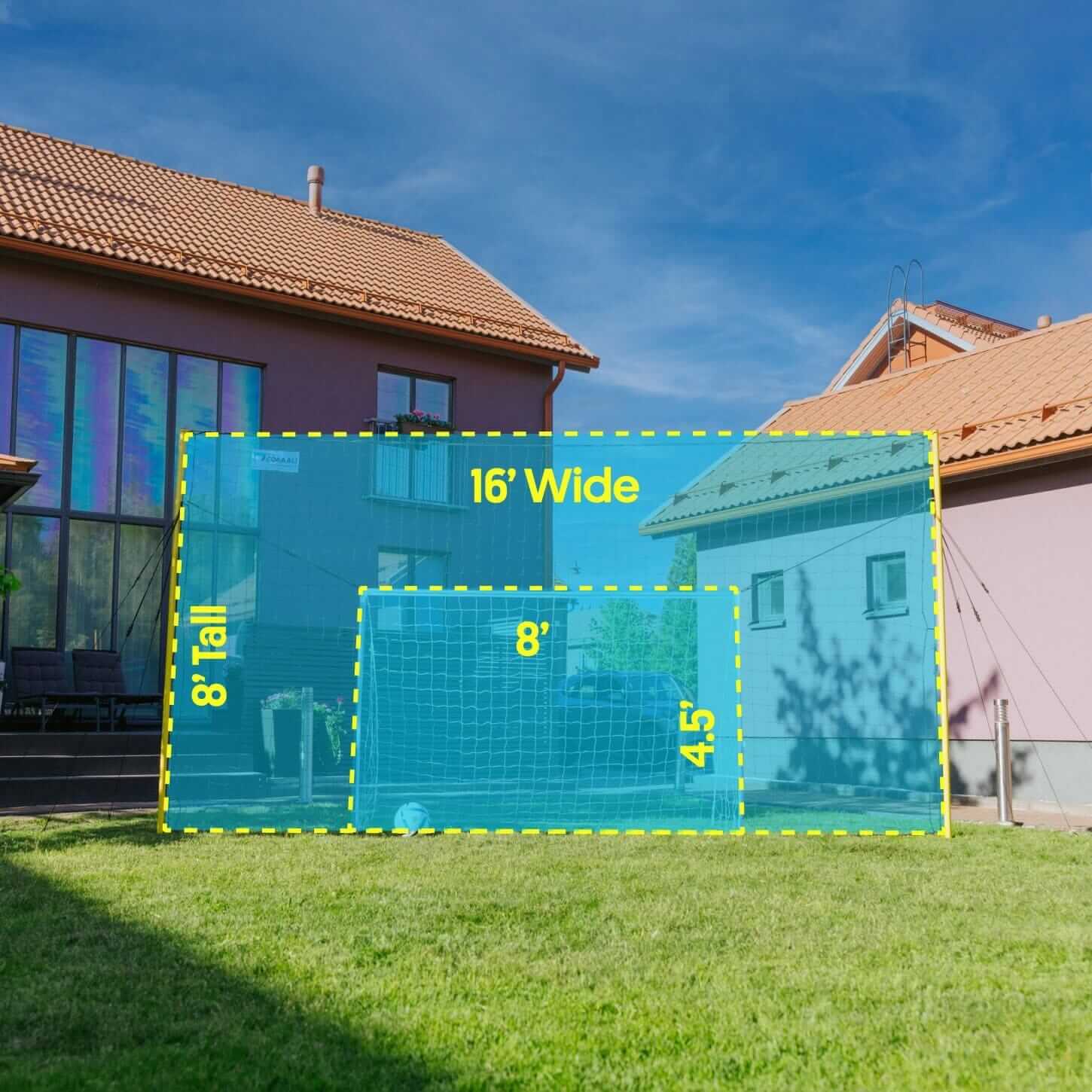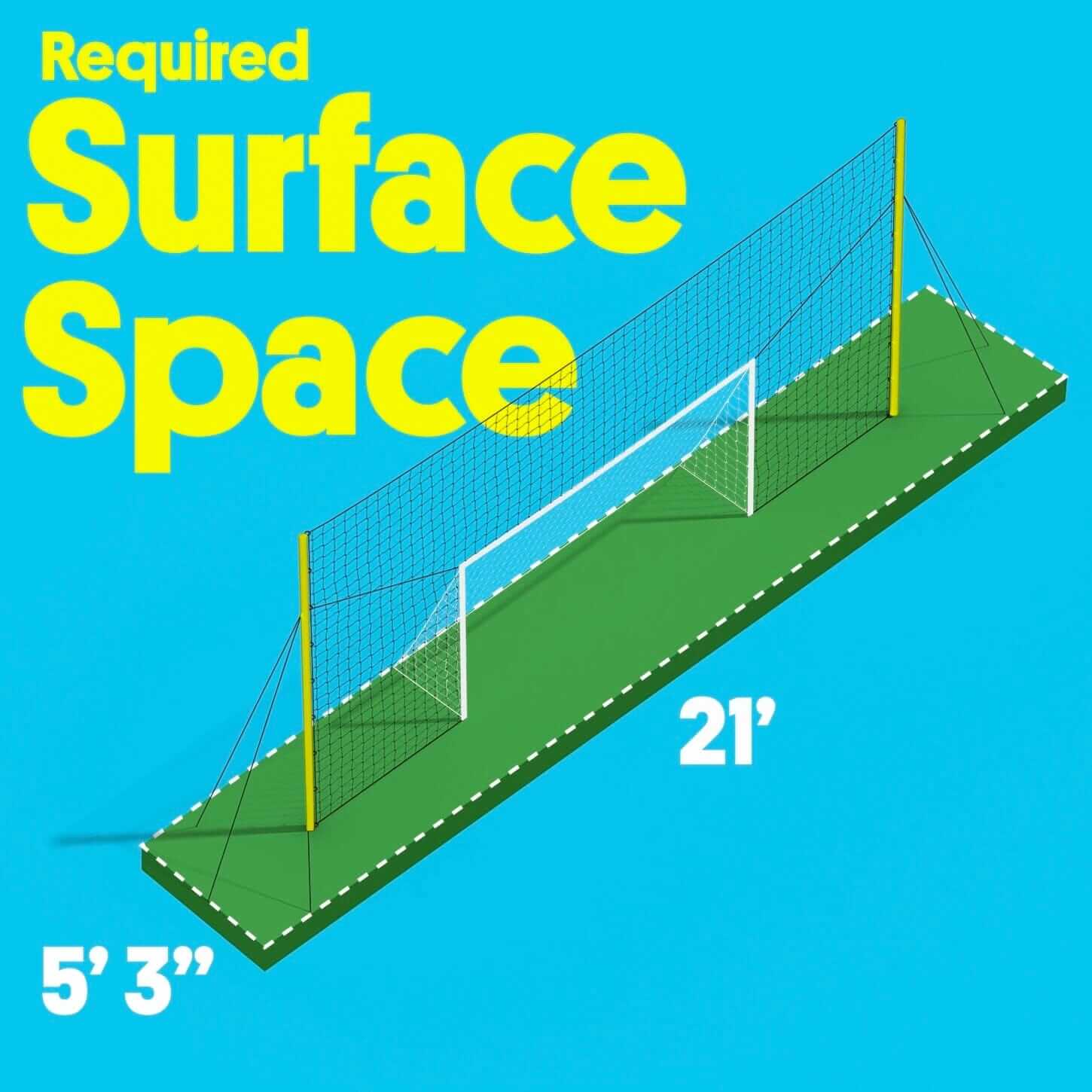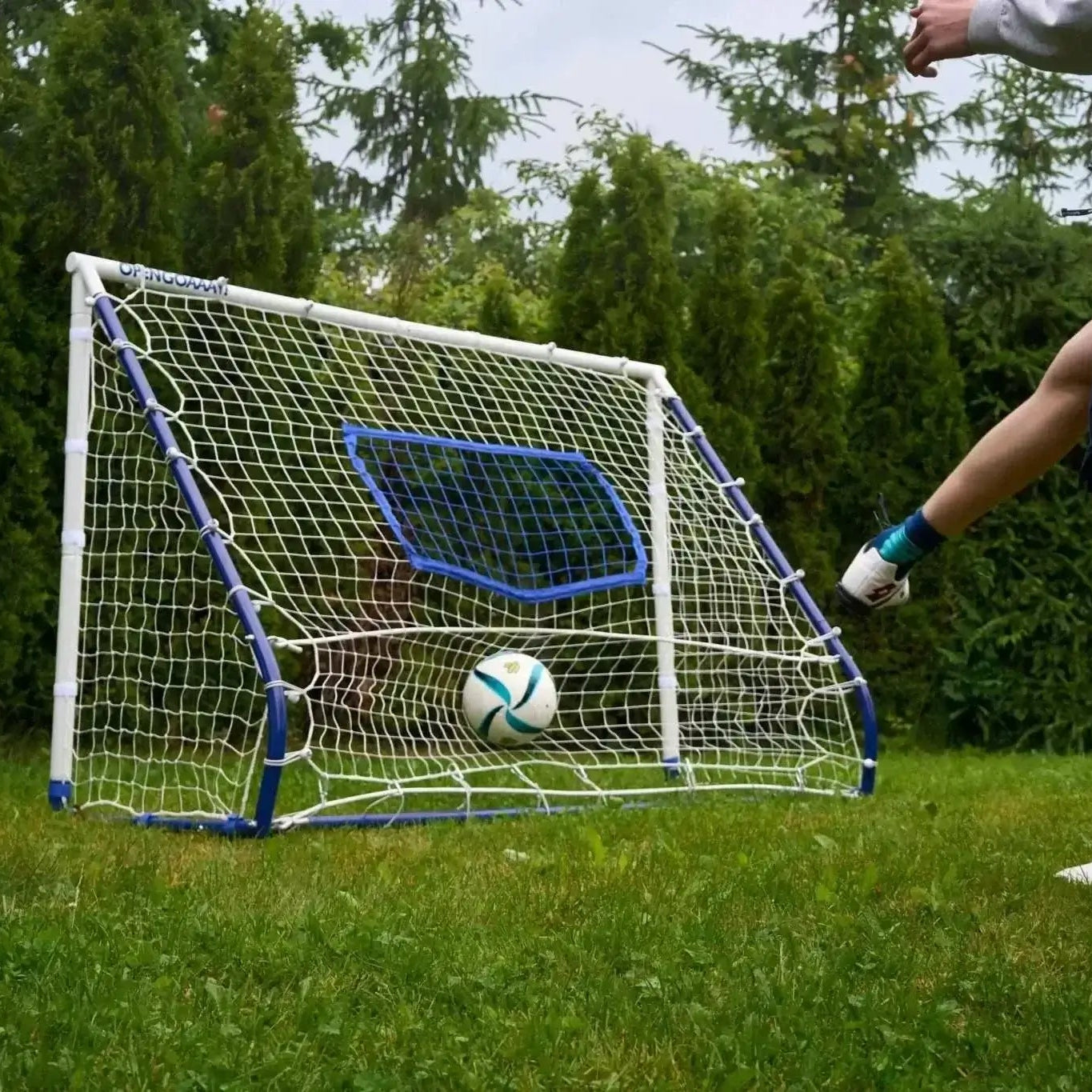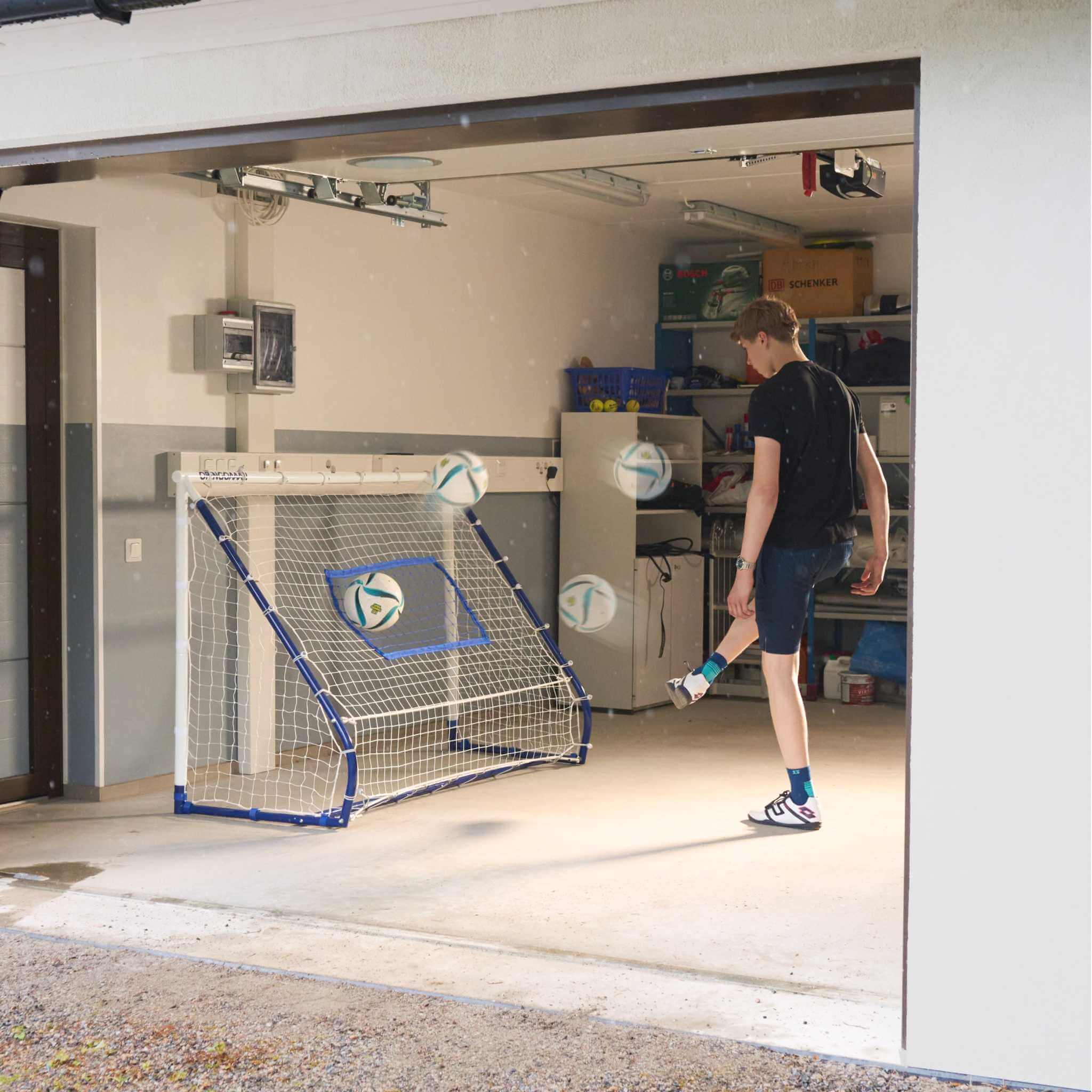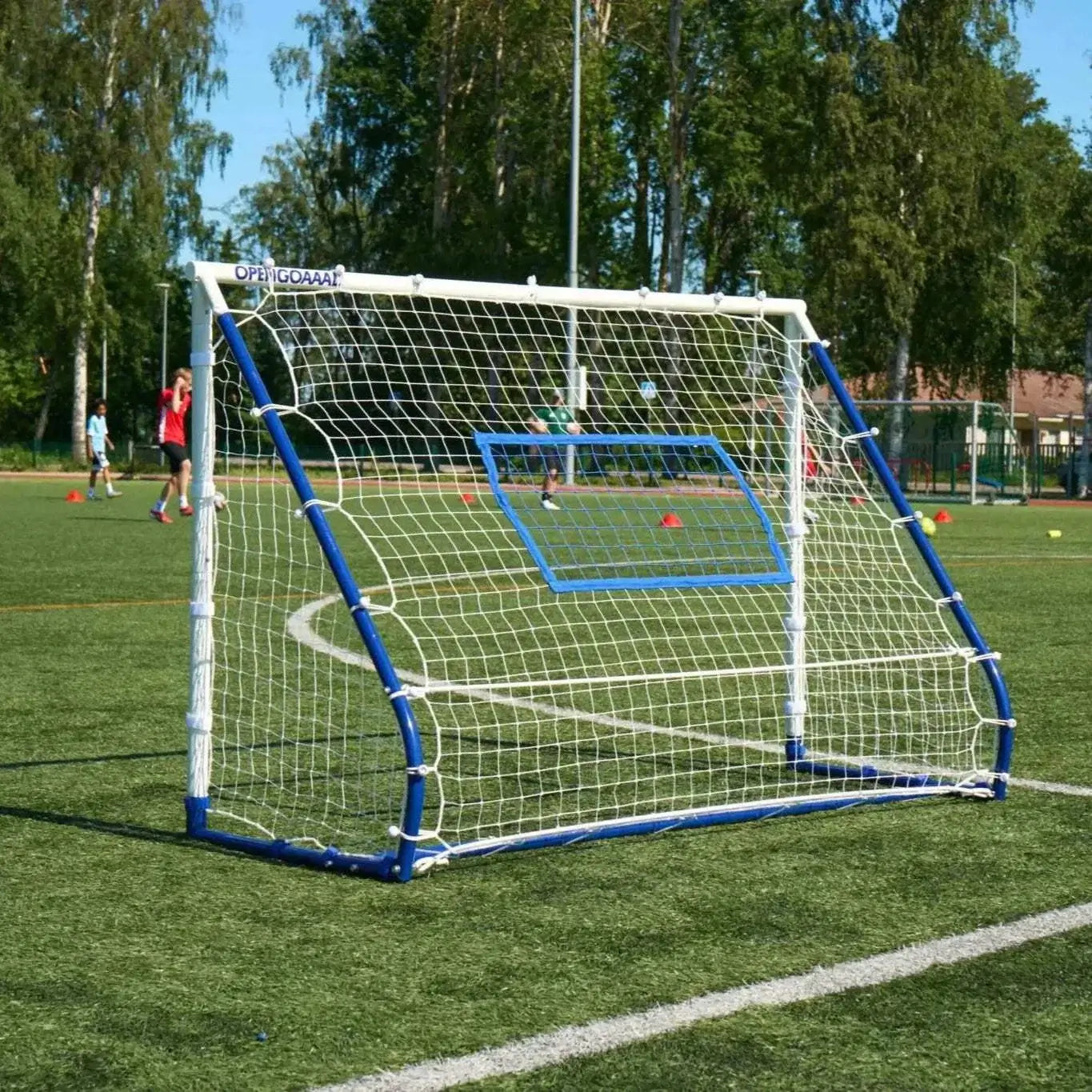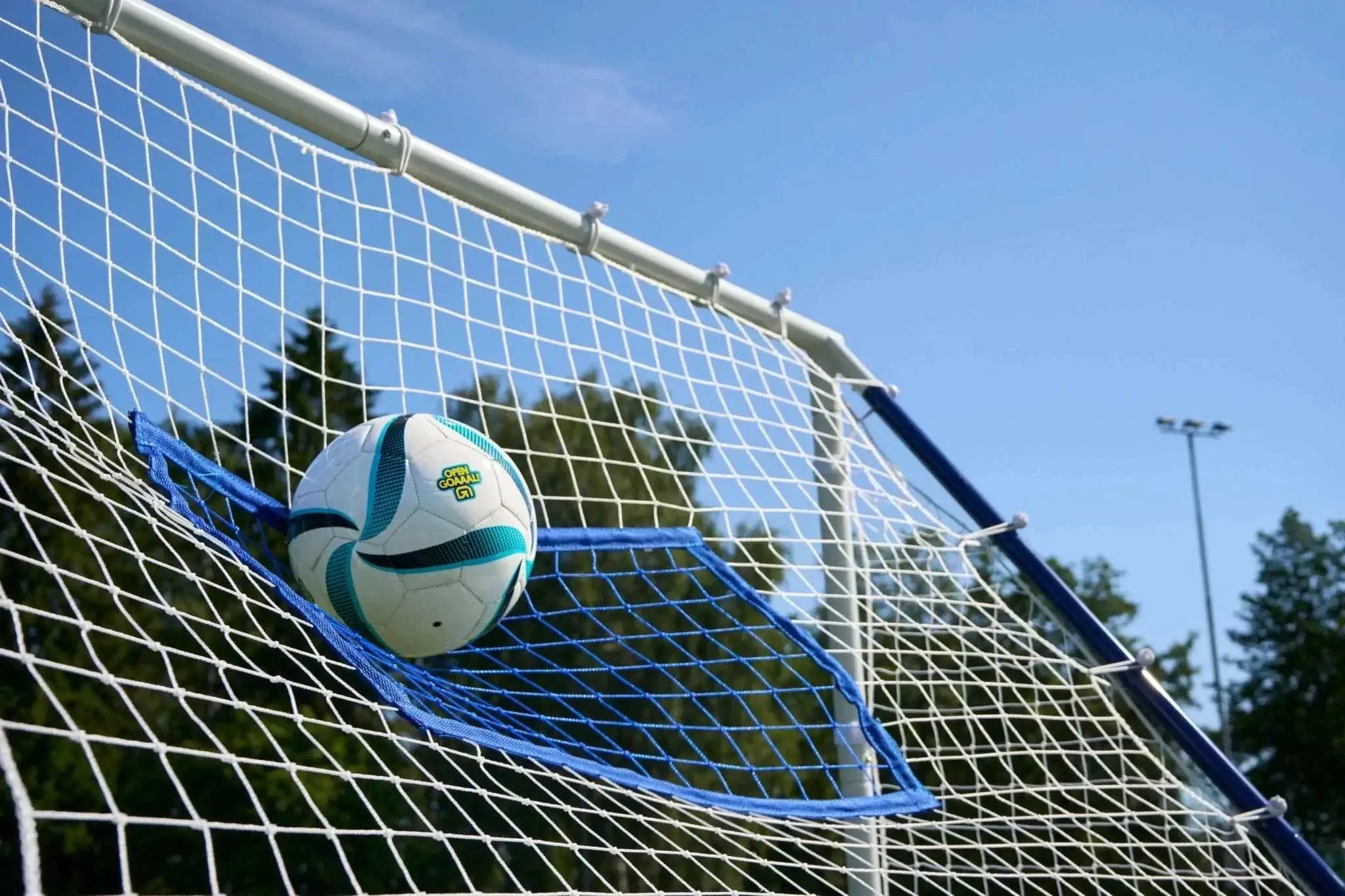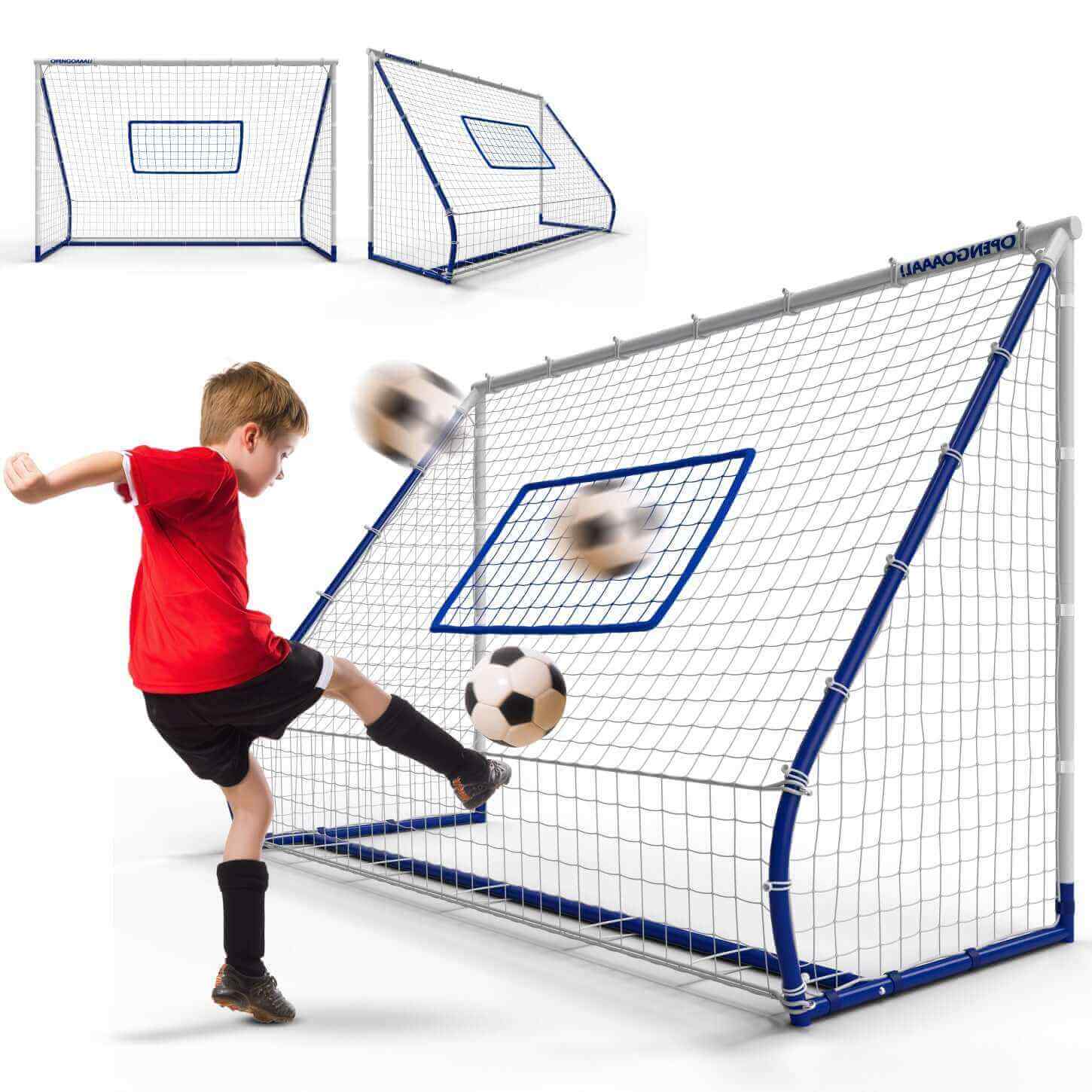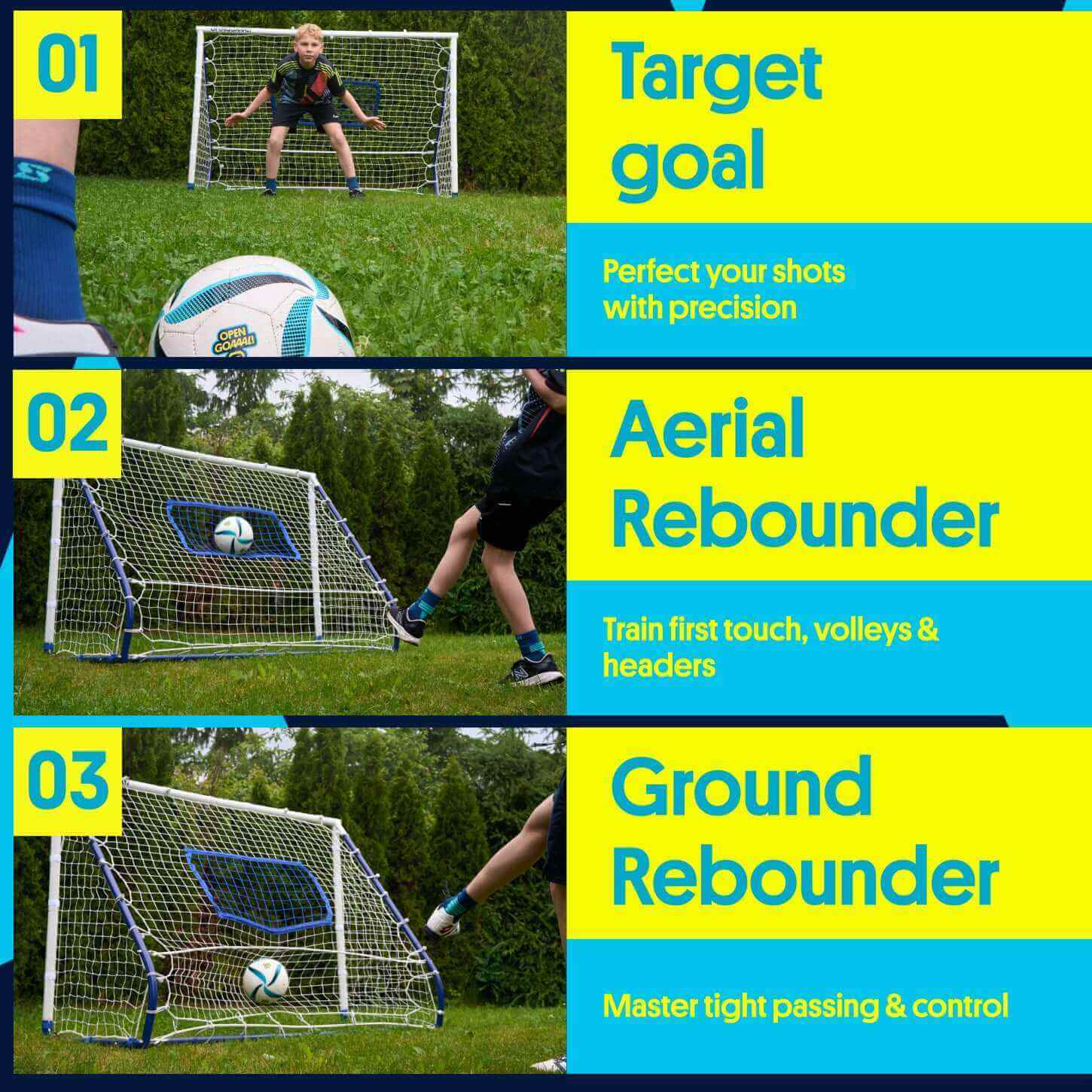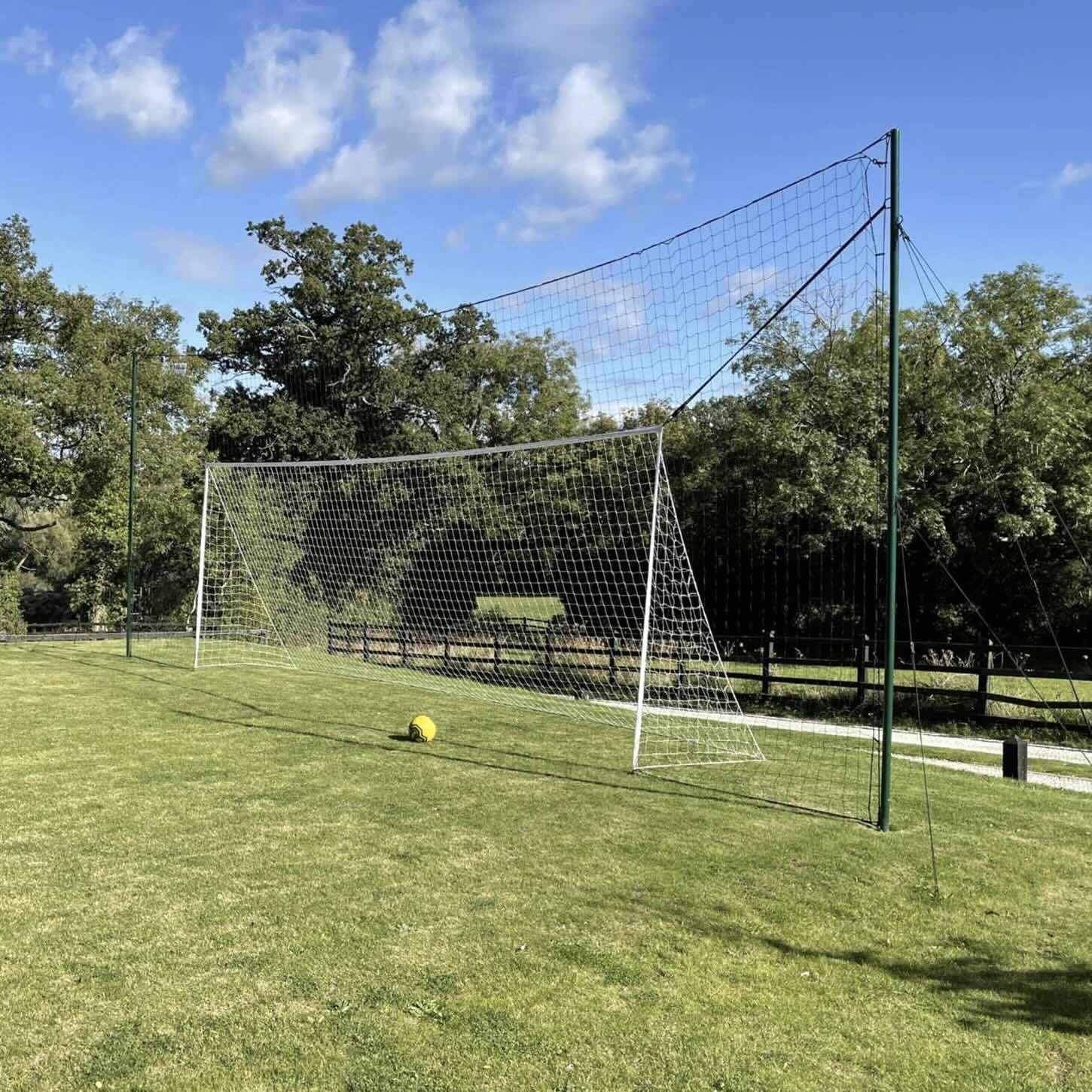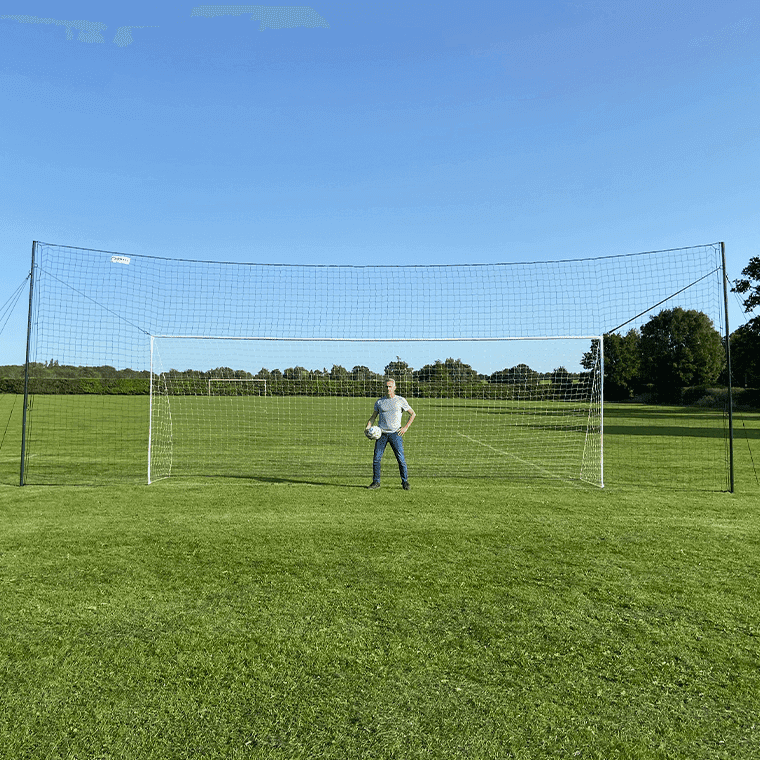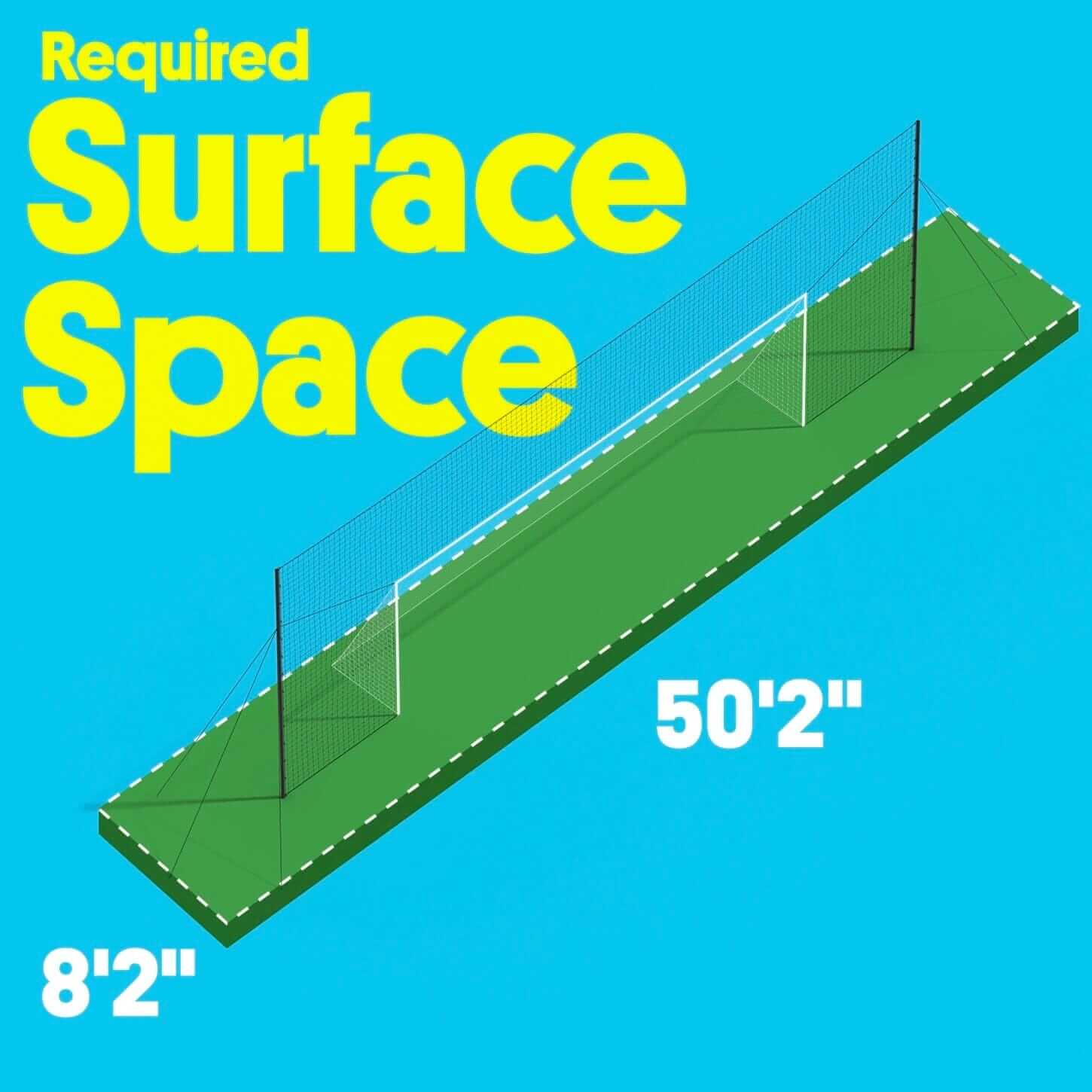While soccer coaches consider dribbling and footwork as vital soccer skills, shielding the ball is one aspect that often gets ignored. The fact is, keeping possession of the ball is a key skill for dominating a game.
As the young soccer players learn to control the ball, they also need to learn how to shield it from the opponent. Like most other skills, soccer shielding is developed through learning the right techniques and practicing them.

What is Soccer Shielding?
No matter the position of a player in soccer, keeping possession of the ball is always necessary.
It may be more important for players in particular positions, but every player needs to learn the basics of blocking a defender. Once shielding is properly done, the player has the option to shoot, dribble or pass the ball as needed.
Here are some scenarios where shielding becomes necessary. While these are not the only situations that demand this soccer move, they are the most common ones.
- When the player cannot get the ball past an opponent and is unable to shoot or pass the ball.
- In some situations, the teammates are marked and the player cannot pass the ball. In most cases, the player is in a tight space and a defender comes up from behind. For example, the space near the corner flag or the sideline are some common tight corners.
- When the player is defending and cannot afford to lose the ball on the defensive side. In such scenarios, the ball has to be shielded until it can be kicked clear.
- During an offensive move, it becomes necessary to shield the ball from a defender until a teammate can arrive to provide support.
Basically, shielding involves using the body as a “shield” to guard the ball. This particularly involves the right use of the hips, hands, and legs to keep the ball out of the opponent’s reach.
While shielding two things are done together. The player has to keep moving the ball while keeping an eye on the opponent’s movements. The other important aspect is maintaining balance while moving constantly.
The kids should keep in mind that shielding is different from impeding an opponent. Players can use their hands and legs to block and maintain balance, but not for holding or pushing the opponent. Such obstructions can lead to a foul and an indirect free kick.
Take a look at some of the essential aspects of soccer shielding.
- The players need to have the necessary aggression and determination to stay on the ball
- They should remain composed and balanced under pressure
- Maintain a balanced stance and learn to use their arms effectively for shielding
How to Shield a Soccer Ball: Step-by-Step
Proper shielding needs the players to have effective control of the ball and the necessary footwork skills. When placed under pressure by an opponent, most young players start by using their body as a soccer shield.
However, putting one’s back against the defender is not the best technique. The opponent can easily reach through the player’s legs or from the side. The back-to-body technique can also make it difficult to pass the ball.
Coach your players the more effective shielding technique of turning sideways or using a side-on position while controlling the ball with their foot. Putting the arm out in this position can help in maintaining balance, as well as keep the defender out.
Using a sideways split stance to control the ball and using the forearm of one arm to hold off the opponent is the ideal shielding position.
How to use your body for shielding in soccer?
No matter the way a player is shielding the ball, it is always important to remind them to keep their heads up and remain aware of the surroundings.
Below, we cover the other main steps related to shielding.
- If the opponent is charging, the player should take the right stance to prepare for impact while keeping the ball guarded. This also indicates confidence and sends the message to the defender that it will not be easy to gain ball possession.
- After physical contact, the shielding player should shift the ball to the foot that is farthest from the opposing defender. At the same time, constant movement is necessary. A player standing still is extremely predictable.
- The wide sideways stance will help to add more distance between the opponent and the ball. Ideally, the ball should be rolled in the opposite direction to which the defender is applying pressure.
- Next, the players need to use the forearm as a shield without pushing or grabbing the opponent. They can also lean into the defender by bending the knees if needed. The other arm should be raised for maintaining balance.
- If the shielding player is losing balance, trying to dribble away by using the outside foot is the best option. Or else, they can go to the ground and attempt to win a foul.
- Shielding the ball against more than one opposing player can be a tough task. In case the player is outmatched by the opponent, it is best to clear the ball. For a shield defender, losing possession, especially in the final third, can be risky.
Effective Soccer Shield Coaching Points
For coaches, it is important to find out the players who are best in soccer shielding. They can be placed in the playing areas where this is needed. This will also help in arranging practice sessions to suit the needs of the players. As their skill grows, you can teach them more advanced soccer moves like the step over or scissor to beat the defenders.
Apart from practicing youth soccer drills like trapping and dribbling, there are specific soccer drills that can help the young players learn shielding skills. The right shielding drills will allow the players to practice shielding while the others try to take the ball away.
You should also encourage the players to engage in physical contact with the defender, absorb the effect, and feel from which end the pressure is coming. Doing this will help in moving the ball away from the pressure. Keep an eye out for arm swinging and pushing against a defender as this can lead to a foul.
As a coach, you need to help the kids to be mentally tough and aggressive while shielding the ball. Players need to stay focused and believe that they will not lose ball possession against a defender.

Final Thoughts
It goes without saying that soccer shielding is an important skill that every young player should learn. Any team that fails to grasp this fundamental part of the game will fail to control the game in their favor.
Even if a player is smaller and less physical than a defender, practicing the right skills will help them to perfect the art of shielding. It is for coaches to create the right practice sessions that allow the confidence of the players to soar.
At Open Goaaal USA, we aim to create the best training sessions for young players to help them make the most from practice time. That is why we recommend the Soccer Goal + Backstop + Rebounder as a great tool for backyard soccer training sessions.



